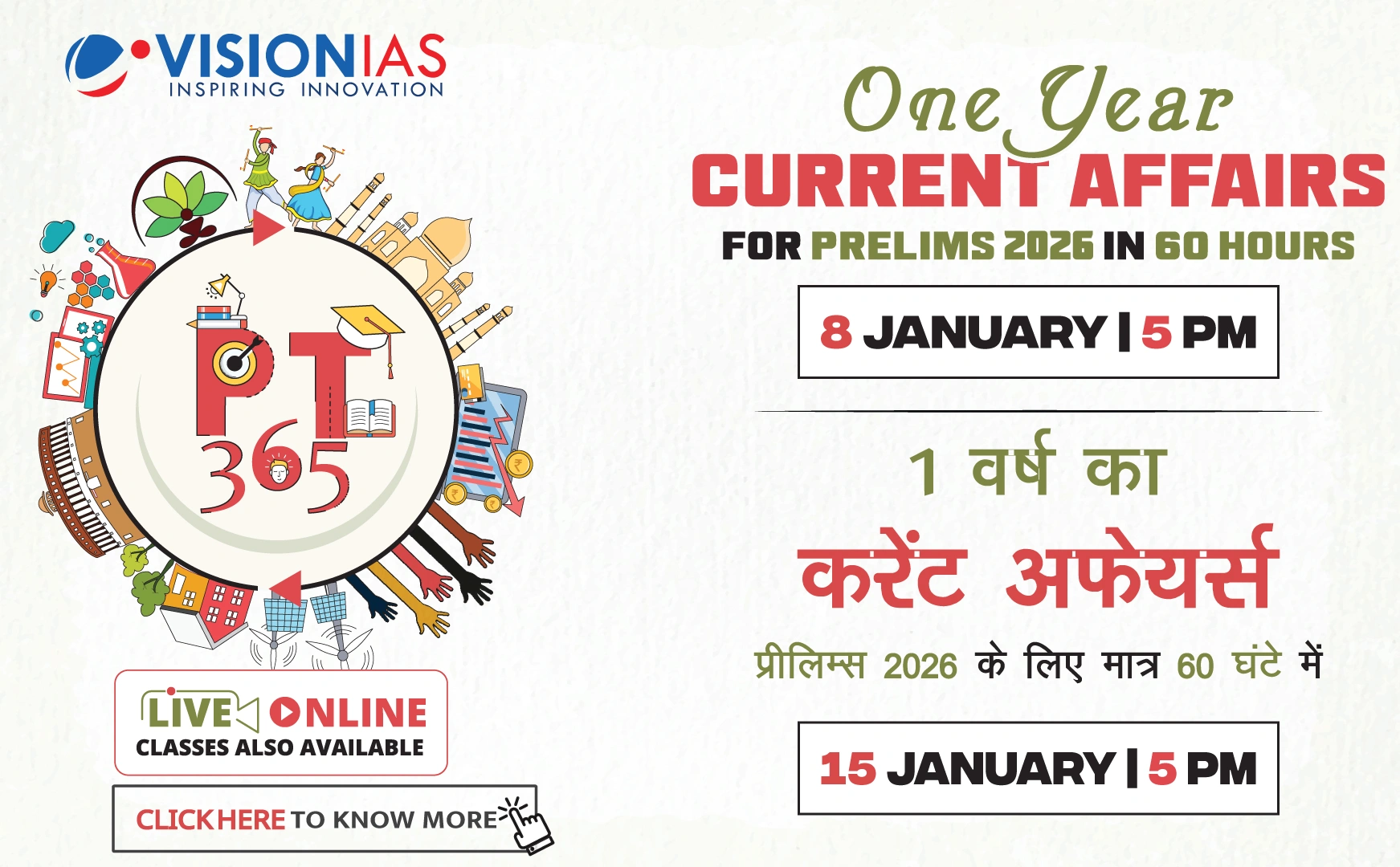India-UAE Undersea Cable Project and OSOWOG Initiative
The 2,000-kilometer-long undersea cable project between India and the United Arab Emirates is a part of the One Sun One World One Grid (OSOWOG) initiative, launched by India. According to the director general of the International Solar Alliance (ISA), this project is economically viable and facilitates large-scale cross-border power trade.
Benefits and Objectives
- Regional Interconnection: Potential to address energy security between India and West Asia.
- Electricity Trading: Facilitates trading of up to 15,000 megawatts of electricity.
- Diversifying Energy Mix: Helps smaller economies reduce their reliance on diesel, which some are still 80% dependent on.
Technological Innovations
- Digital Twins: ISA is promoting digital twins for power utilities to optimize energy use.
- Renewable Energy Requirement: Could reduce the requirement by 20% through optimal dispatch of power generated on rooftops and in fields.
Financing Constraints and Solutions
- Investment Disparities: Of the $2.2 trillion spent on clean technology last year, less than 15% went to developing countries, and under 2% went to Africa.
- Perceived Risks: International private sectors perceive a higher risk in investing in developing countries.
- Global Solar Facility: Established in GIFT City, Gujarat, to design financial innovation structures for various continents, starting with Africa.
- African Solar Facility: Initial $200 million investment providing guarantees to encourage private sector investments in distributed renewable energy projects.
In Nigeria, the Sovereign Investment Authority collaborates with ISA, leveraging funds 30 to 40 times, exemplifying a model for future investments.



